Sangumburi Crater (산굼부리)
18.9Km 2024-11-28
768 Bijarim-ro, Jeju-si, Jeju-do
+82-64-783-9900
Sangumburi Crater has been designated as a Natural Monument. It is located on the southeast side of Jeju, and is a flat crater, about 650 meters wide, 100 meters deep, and 2,070 meters in circumference. If you look at the crater from above up, it looks like a man-made circular stadium. There is a variety of plant-life in the crater. On the north side, Nandaeseong vegetation such as red-thorn trees, and magnolia trees grow, along with the rare winter strawberries. On the south side of the crater, Ondaerim vegetation such as evergreens, maples, and mountain strawberry trees cover the area. Because so many different kinds of trees and plants grow in such a limited space, it attracts the attention of researchers as well.
Da Vinci Museum (다빈치 뮤지엄)
19.1Km 2025-01-10
788 Sallongnam-ro, Andeok-myeon, Seogwipo-si, Jeju-do
+82-64-794-5114~5
Da Vinci Museum, located in Seogwipo-si on Jeju Island is the only museum that has the Da Vinci License in Korea. The museum offers visitors a chance to experience a wide variety of activities and hands-on programs. When you think of Leonardo Da Vinci, a few things that come to mind are the Mona Lisa and The Last Supper. However, one of the greatest masterpieces in his life is the Codex, a collection of his writings. Over 7,000 pages of the Codex, A.K.A. a notebook of secrets, survives today, and the museum displays over 200 works created and inspired based on the writings in the Codex. The museum houses information about the life and times of Leonardo Davinci, a superb scientist, anatomist, and inventor.
Podo Museum (포도뮤지엄)
19.1Km 2024-01-31
788 Sallngnam-ro, Andeok-myeon, Seogwipo-si, Jeju-do
Opened in April 2021, Podo Museum aims to be a space that promotes the symbiosis of the Earth's ecological environment and humankind and listens to the voices of the socially underprivileged. It operates mainly around exhibitions without any separate experience programs. Exhibitions are held following the museum's goals and themes. As the content changes depending on the period, checking the website before visiting is recommended. The museum also has a café and souvenir shop on its first floor, making it great to look around on rainy days when outdoor sightseeing is not a preferred option. There are Camellia Hill, Bangju Church, and Bonte Museum nearby, so visitors are recommended to look around.
St. Isidore Farm (성이시돌목장)
19.6Km 2023-02-16
53, Sallongnam-ro, Jeju-si, Jeju-do
+82-64-740-6000
St. Isidore Farm was born when an Irish priest named McGlinchey (Korean name: Im Pi-je) was appointed in Jeju's Hallim region in 1954 and opened a livestock bank to help the impoverished locals. In 1961, it officially opened a central practice farm to not only educate on the livestock industry but also carry out hog farming, sheep breeding, beef cattle raising and dairy businesses. Today, the farm primarily raises cows and racehorses and produces high-quality organic milk and horses for racing to utilize the profits in various welfare projects. The farmland also presents an exotic scenery as the vast grasslands blend in with modern structures such as Ctesiphon, which symbolizes the history of the farm. The farm also has a cafe that uses milk produced at the farm in addition to a trail and park with religious themes.
Dolhareubang Museum (돌하르방미술관)
19.6Km 2024-03-12
70 Bukchonseo 1-gil, Jocheon-eup, Jeju-si, Jeju-do
+82-64-782-0570
Dolhareubang Museum is an outdoor art gallery that exhibits 48 original dolhareubang sculptures recreated by artists native to Jeju Island. Visitors can enjoy the artworks while strolling through the Gotjawal in Jeju. Along the forest path, there are various interpretations of dolhareubang, such as dolhareubang practicing yoga and dolhareubang throwing hearts, providing a fresh perspective on these iconic stone statues.
Hallim Traditional 5-Day Market (4th and 9th) (한림민속 5일시장 (4, 9일))
19.7Km 2024-12-27
Hallim Traditional 5-Day Market is the largest market in the western part of Jeju (Hallim and Aewol) and is responsible for providing food, clothing, and shelter for Jeju locals. There is a store that sells bingtteok (buckwheat crepes with radish filling), Jeju's traditional food and dessert. There are many restaurants with Jeju vibes, including shops selling omegi tteok (millet rice cake). Hallim Traditional 5-Day Market is an ideal place to enjoy the local atmosphere and food. The market opens on dates ending with 4 and 9.
Daheeyeon Garden (다희연)
19.7Km 2019-12-20
117, Seongyo-ro, Jeju-si, Jeju-do
+82-64-782-0005
Daheeyeon Garden is a major tea farm on Jeju Island, which has the best conditions for growing great tea in a natural environment. Jeju has a year-round average temerature of 16℃ and nutrient-rich soil with plenty of water for the tea plants to grow well. The two cave cafes, Evergreen Luce Garden and Eve Hall, serve naturally fermented green tea bread, cookies, muffins, green tea latte and green tea juice.
Evergreen Luce outdoor garden was built inside a cave formed naturally by a volcanic eruption. Despite being in a cave, this outdoor garden has ponds, bridges, indigenous trees and flowers. Eve Hall is located through a hole in the cave ceiling and can be only reached after passing through a tunnel-like cave. The deepest part of Eve Hall is roughly 30 meters and is home to bats; if you are lucky, you might even see a few.
Gosalli Forest Trail (고살리 숲길)
19.9Km 2020-07-09
Namwon-eup, Seogwipo-si, Jeju-do
+82-64-733-8009
The Gosalli Forest Trail runs along a stream in Harye 2-ri, Namwon-eup on the southern part of Jeju Island. The area was recognized by the Ministry of Environment in 2013 for their outstanding efforts in preserving and protecting the local ecology. The forest trail passes through one of Jeju's beautiful forested areas, and is perfect for peaceful leisure walks, being less known among tourists. To limit the amount of damage to the natural environment, the trails are unrefined, so guests are reminded to tread carefully.
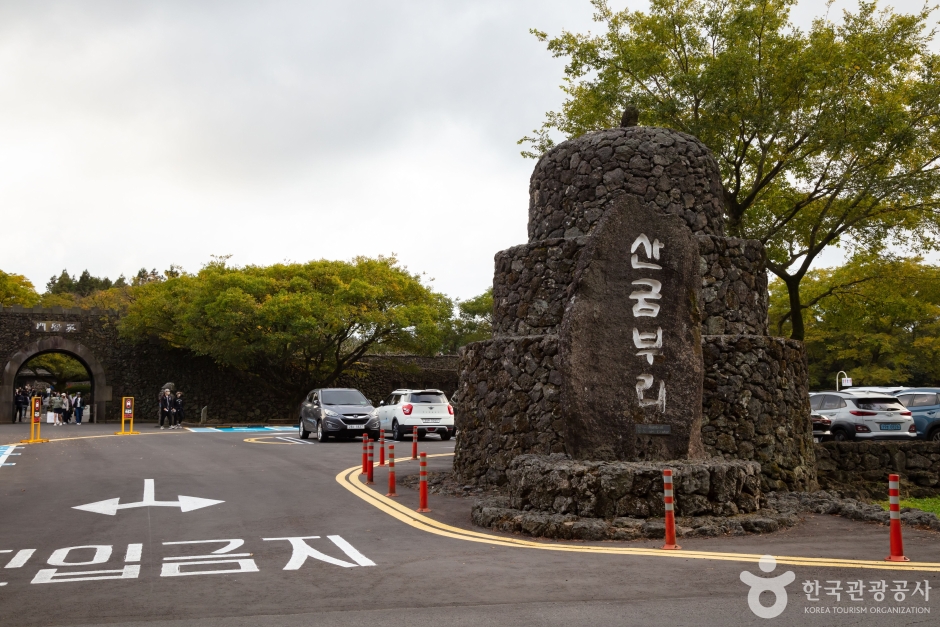

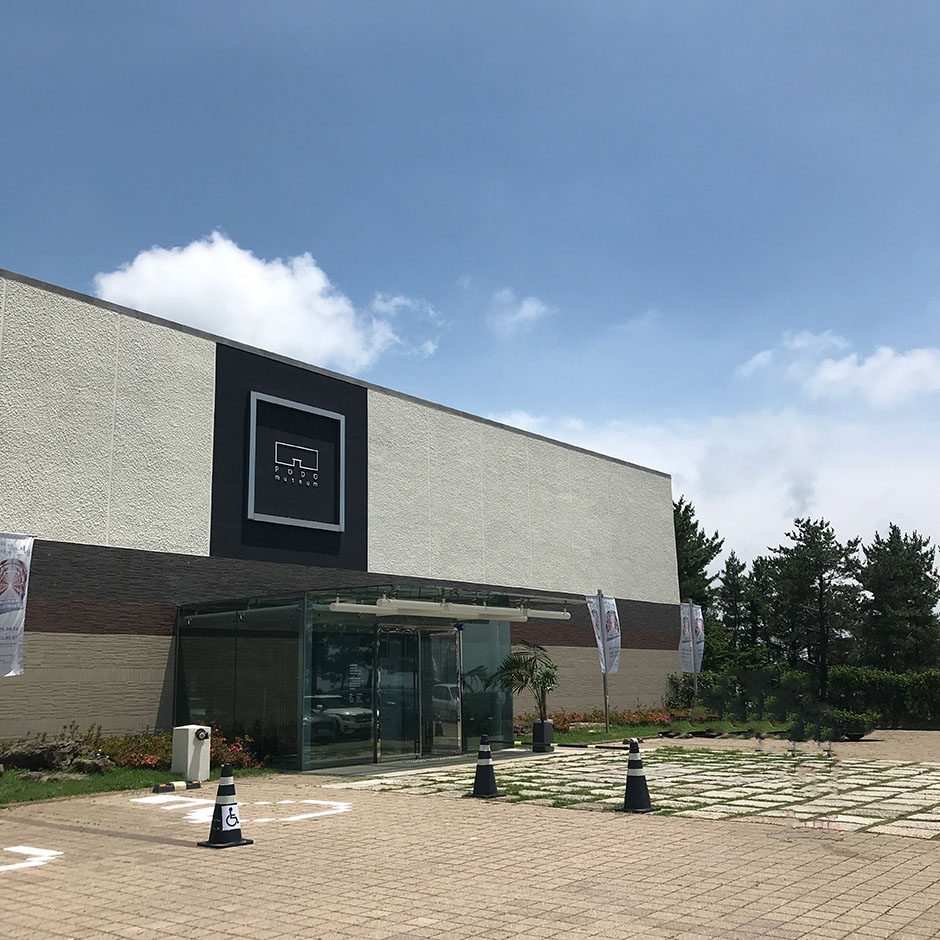
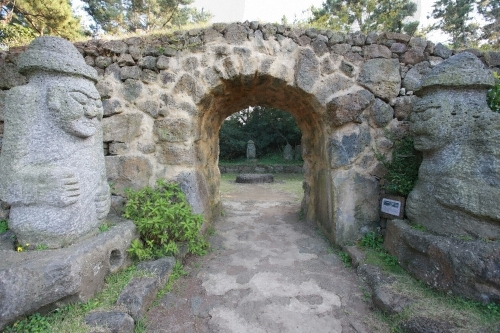
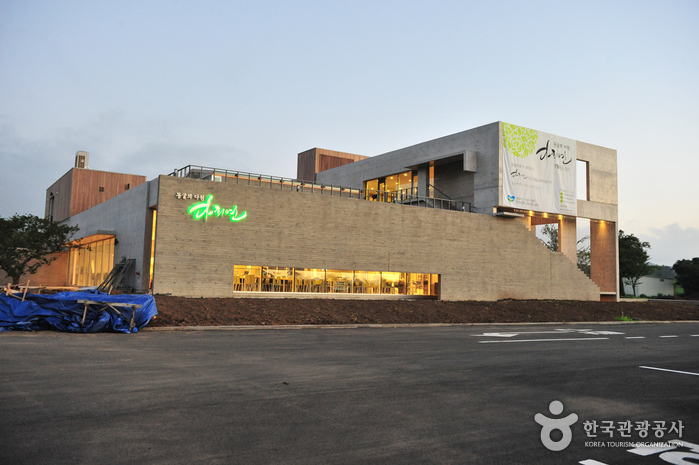
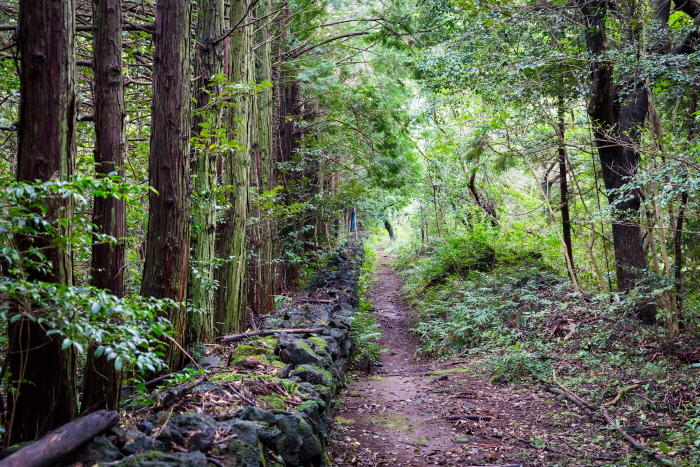
 English
English
 한국어
한국어 日本語
日本語 中文(简体)
中文(简体) Deutsch
Deutsch Français
Français Español
Español Русский
Русский